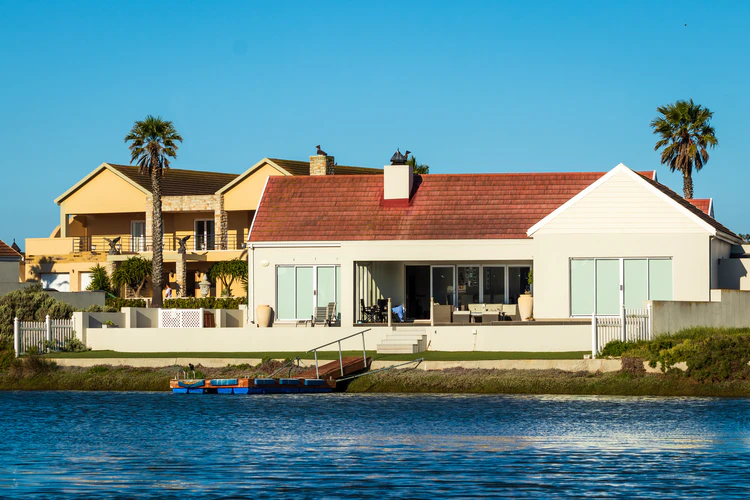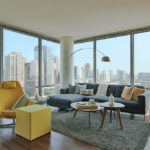Interior designers can do amazing things with the proper lighting. Lighting has several uses, from creating an atmosphere to helping out when there is no natural light. In this article, let’s go over why Designer lighting is an excellent addition to any home’s decor.
Illumination for interior design with bright lighting
Because of the proliferation of online resources, books, master courses, and designer blogs, the field of interior design has become more accessible to the general public. As more of us take charge of our home’s interior design, this field has become more accessible to the ordinary homeowner. Lighting is one of home design’s most important yet sometimes disregarded parts. Now that Designer lighting is more readily available. Let’s talk about how it might be used in decorating your house. First, however, let’s go over the fundamentals.
Why Interior Designers Use Light Fixtures
A home’s design may be made or broken by its lighting. It has far-reaching effects, many of which are hidden from common knowledge.
- It’s possible to go from a cool to a warm paint hue just by switching out the light bulb.
- It transforms areas that may typically go unnoticed into welcoming sanctuaries.
- When applied to task-specific environments, it may provide optimal utility.
- A well-lit house is a safe home.
- It may provide a sense of warmth and sophistication to your decor.
The Four Basic Categories of Interior Lighting
There are four primary forms of lighting to consider in interior design. At the same time, the number of options available becomes more significant every year thanks to new inventive products or the resurrection of traditional lighting like neon.
- To do certain tasks, you need to direct light to specific areas, which is what task lighting is designed to do.
- As the name implies, ambient lighting is the general illumination of a space. (Can be dimmed!)
- Accent lighting, also known as task lighting, draws attention to particular objects or spaces within a room.
- Infuse a room with character and charm with well-placed lamps and enjoy the benefits of decorative lighting. Or you may make a bold statement with this chandelier.
Intensity Management
Colours in space might look better with the help of proper lighting. Walls painted in a bright hue open up space, whereas a dark tint makes it seem minor. Light reflected off of flat surfaces defines the perceived volume of an area. Some forms of illumination aid illusion while providing more wall illumination. As a bonus, direct lighting, such as track light, is used to tone down the intensity of wall colours. The proper illumination can guarantee a spot-on installation.
Furniture
The lights in a room have to be chosen to compliment the furnishings. A space with dark furnishings might seem minor and more confining. A simple way to make a room seem more significant is to turn on the bright ceiling lights. You may give them more excellent illumination by installing chandeliers. Add intelligent lights that are more directing and helpful to specific pieces of furniture if your furniture is lighter in colour or desires a more modern look for the space.
General Illumination
A more well-lit space is made possible by these lights. General illumination is another name for this. It gives out an ambient glow that isn’t very bright or glaring. Chandeliers or outside wall sconces may be used for this purpose. The most crucial aspect of any lighting scheme is the presence of a dominant light source.
The Use of Mood-Setting Lighting as an Accent
Drama is created by using accent lighting. It’s an excellent way to spice up the visuals. Wall-mounted lights often supply accent lighting as part of the interior design concept. Space-wise, it’s beneficial.
Space
The combination of natural and artificial light creates an airy ambience. You may discover several options for bringing more natural light of a broader spectrum into otherwise gloomy places. Your space will feel more claustrophobic if the illumination is inadequate. Use lamps in the corners and pendant lights in the middle of the room to make the area seem bigger and brighter.













